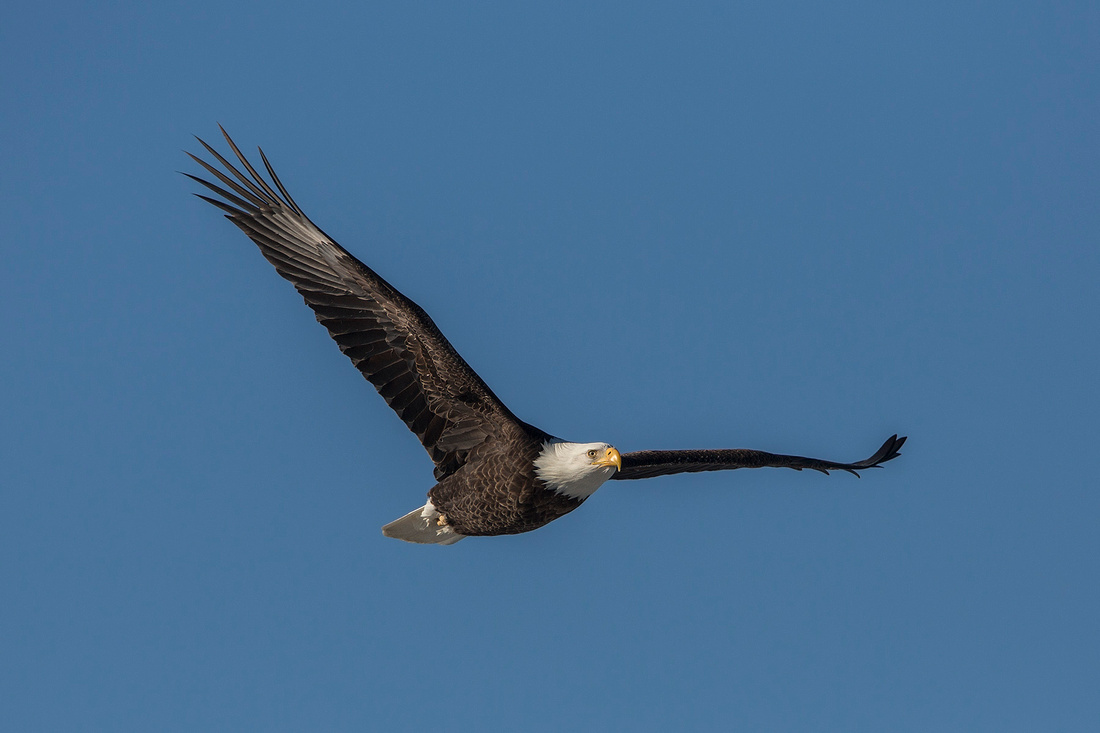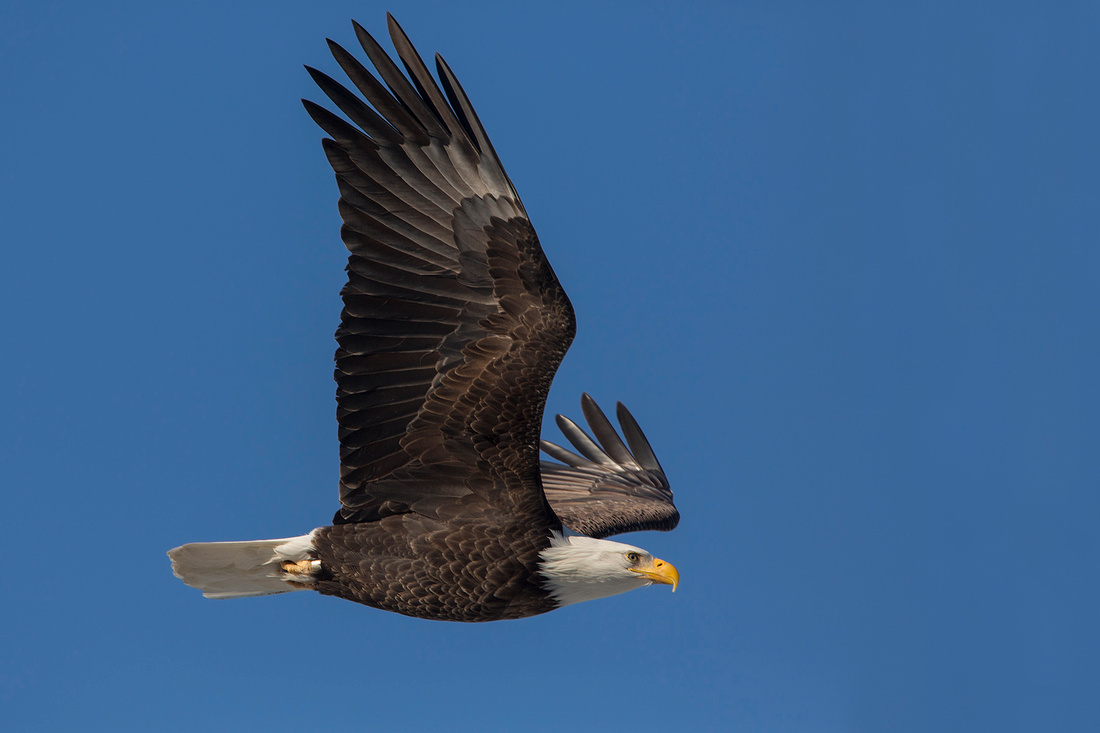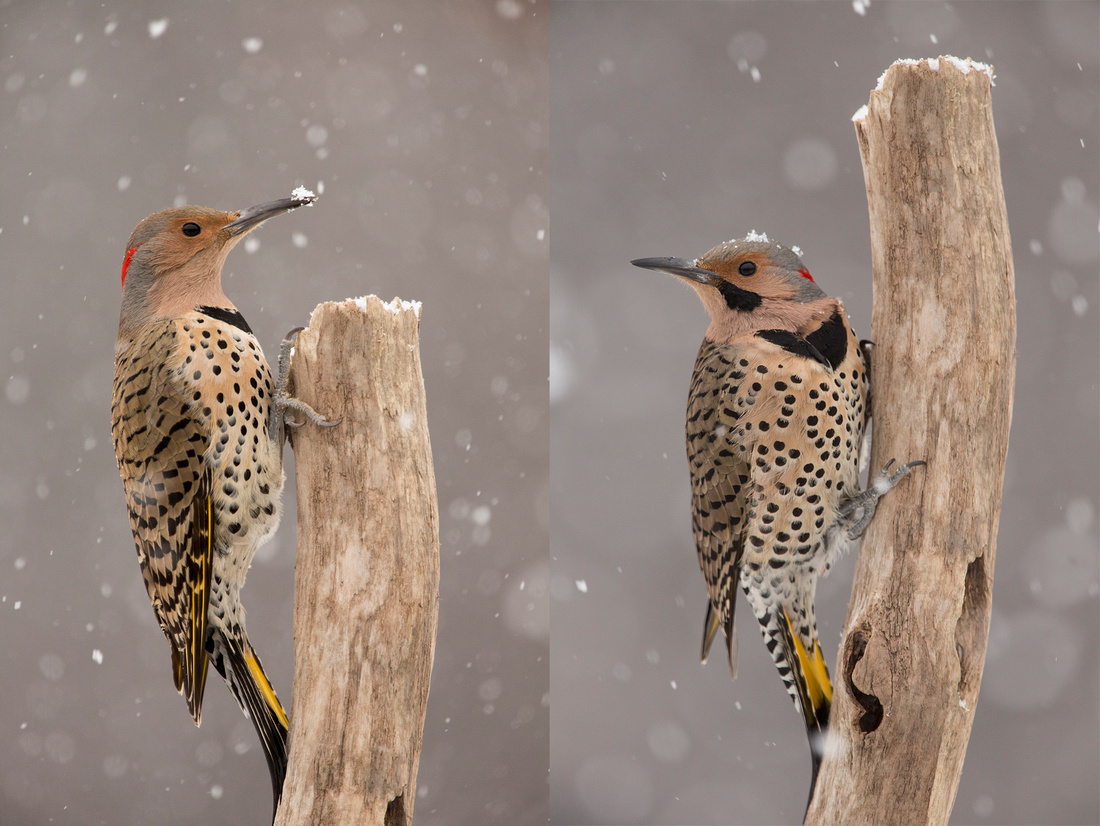WEEK 4 - SHINGEBISS AND THE NORTH WIND
A few weeks ago my family and I were watching a television show when a character mentioned their favorite childhood book. My daughter laughed, who remembers their one favorite book? (she obviously reads too much). My wife chimed in that hers was ........ yes, we all know her favorite childhood book is Little Women. She's tried for years to get my daughter to read it and last summer we all visited Orchard House, Louisa May Alcott's family home in Concord, Massachusetts for her birthday present. Neither of my kids could remember their favorite book (... too long ago I guess???) and when I mentioned mine they all burst out laughing. When I was very young, my favorite book was about a duck named Shingebiss. As the laughter subsided and some quick Googleing proved I was telling the truth, the details (which I admit had grown a bit fuzzy) were revealed. The story is an Indian legend about Shingebiss, a duck who did not migrate south like all the others as winter approached, but with preparation and perseverance was able to survive and eventually make peace with The North Wind.
So after an extended warm spell, winter returned last week, with a vengeance. Although I enjoy the cold weather, spending a long time outside in the bitter winds makes you really appreciate just how hearty the creatures that survive winter here are. The frigid temperatures iced up many of the rivers, lakes and ponds concentrating many ducks into smaller areas of open water. At South Cove in Old Saybrook, Ruddy Ducks, Buffleheads and Common Mergansers dove in the small patches of open water near the bridges on the causeway.

 A tiny patch of water in a stream by a culvert in Lyme remained unfrozen through the cold spell, and a male Wood Duck clung to the spot, reminding me of Shingebiss, surviving the North Wind. At least one and maybe more Wilson's Snipe also huddled near the open water for several days as well a Great Blue Heron. In the nearby undergrowth a female Eastern Towhee skulked.
A tiny patch of water in a stream by a culvert in Lyme remained unfrozen through the cold spell, and a male Wood Duck clung to the spot, reminding me of Shingebiss, surviving the North Wind. At least one and maybe more Wilson's Snipe also huddled near the open water for several days as well a Great Blue Heron. In the nearby undergrowth a female Eastern Towhee skulked.
As the Ice built on the Connecticut River, the Bald Eagle activity picked up dramatically as well. In the Essex - Lyme area I saw 7 or 8 juveniles and 4 adults all at one time. There, too, the eagles were gathered near the flocks of Great Cormorants and Common Mergansers concentrated in the channels of open water. The eagles spent a lot of time hovering as the waterfowl dove for fish, dropping down as they surfaced with a catch, hoping to pick up a free meal. Most of that activity occurs out in the middle of the river, too far away for good pictures, especially in extreme cold. The relatively warm water clashes with the cold air, creating a heat shimmer which makes it tough to get sharp pictures. That shimmer is amplified when shooting at long distances.





 juvenile, (top) and adults.
juvenile, (top) and adults.
Along the Black Hall River in Old Lyme I saw a pair of eagles attempting to mate, so there may be a nest in the area. Also in that area I saw another Barred Owl out during the daylight, the third different owl in two weeks. I have also been checking Great Island occasionally around sunset, looking for Short-eared Owls but have not seen much of anything, only a single Northern Harrier. As I was leaving there this weekend, I was treated to the Full Wolf Moon rising as well as my first Wild Turkeys this year.

 Although sea ducks don't face he same problem finding open water, I've seen many loons and mergansers very close to shore lately in Niantic and Waterford.
Although sea ducks don't face he same problem finding open water, I've seen many loons and mergansers very close to shore lately in Niantic and Waterford. 
 Red-breasted Merganser
Red-breasted Merganser

 Hooded Merganser
Hooded Merganser

 Common Loon with crab.
Common Loon with crab.
I finally saw a Purple Sandpiper, actually three, on a distant rock at Harkness State Park in Waterford. These have proven much more diifficult to find this winter than usual. Also at Harkness were five female Common Eider, and many Brant.

 Finally, the return of the cold weather has brought the birds back to my feeders. After not having to fill them for days during the warm stretch, there are a lot more customers lately. I still don't have redpolls, other than the single Common Redpoll from three weeks ago, but many of the usual suspects, lots of goldfinch, a continuing (1 or 2) Carolina Wren and an occasional Red-breasted Nuthatch. Recently, a pair of noisy Northern Flickers have taken a liking to my suet feeder.
Finally, the return of the cold weather has brought the birds back to my feeders. After not having to fill them for days during the warm stretch, there are a lot more customers lately. I still don't have redpolls, other than the single Common Redpoll from three weeks ago, but many of the usual suspects, lots of goldfinch, a continuing (1 or 2) Carolina Wren and an occasional Red-breasted Nuthatch. Recently, a pair of noisy Northern Flickers have taken a liking to my suet feeder.


female (left) and male, with black check patch (malar)
New birds this week, Wilson's Snipe, Coopers Hawk, Yellow-bellied Sapsucker, Wild Turkey, Eastern Towhee, Purple Sandpiper and Killdeer (Rhode Island). Total 113 species including 4 from Rhode Island.